Scope 10 inspection
Create a safer working environment!
Are you looking for a Scope 10 inspection to ensure the fire safety and insurability of your electrical installations?
Our certified inspectors identify fire risks and ensure compliance with insurer requirements.
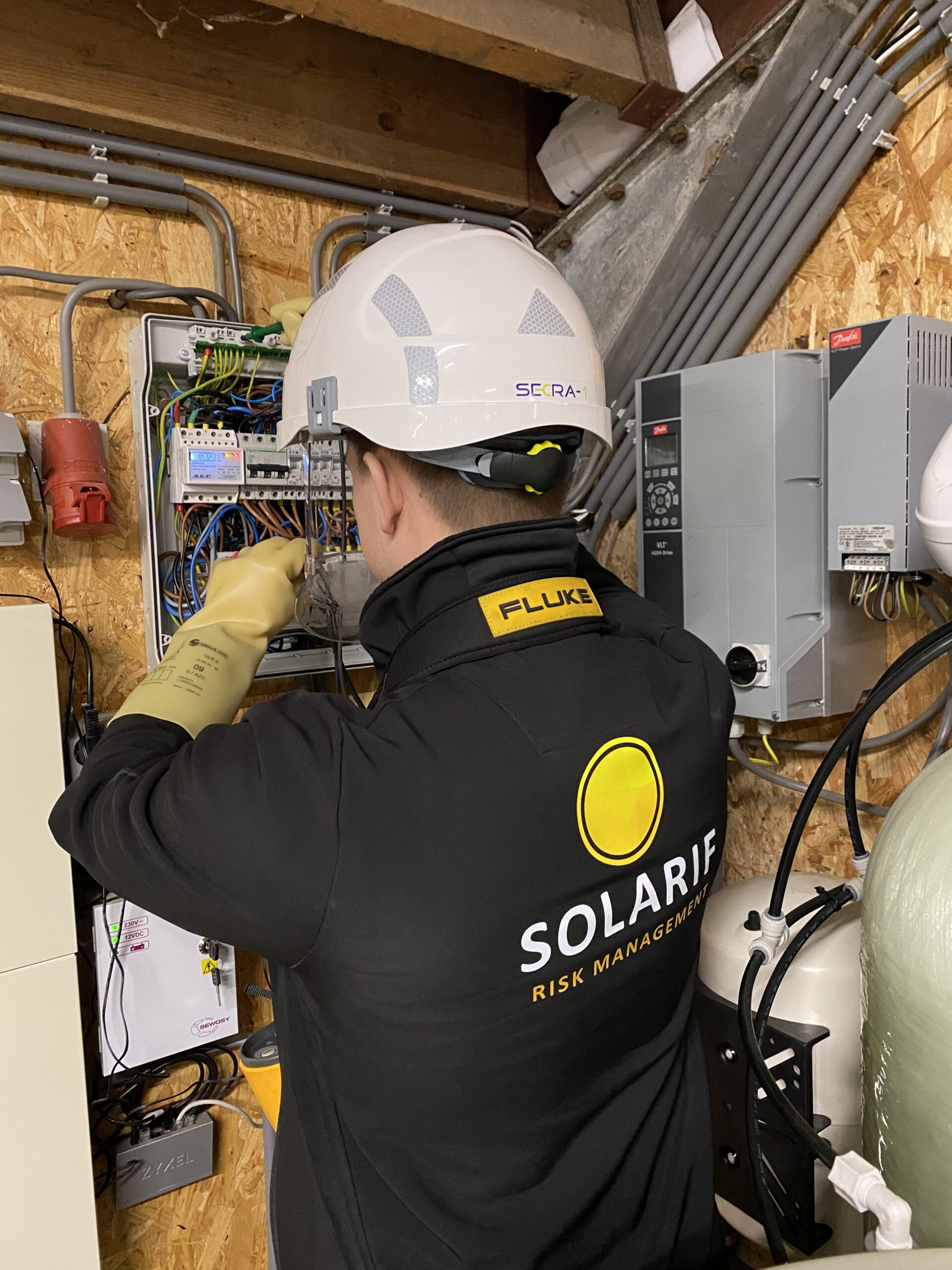
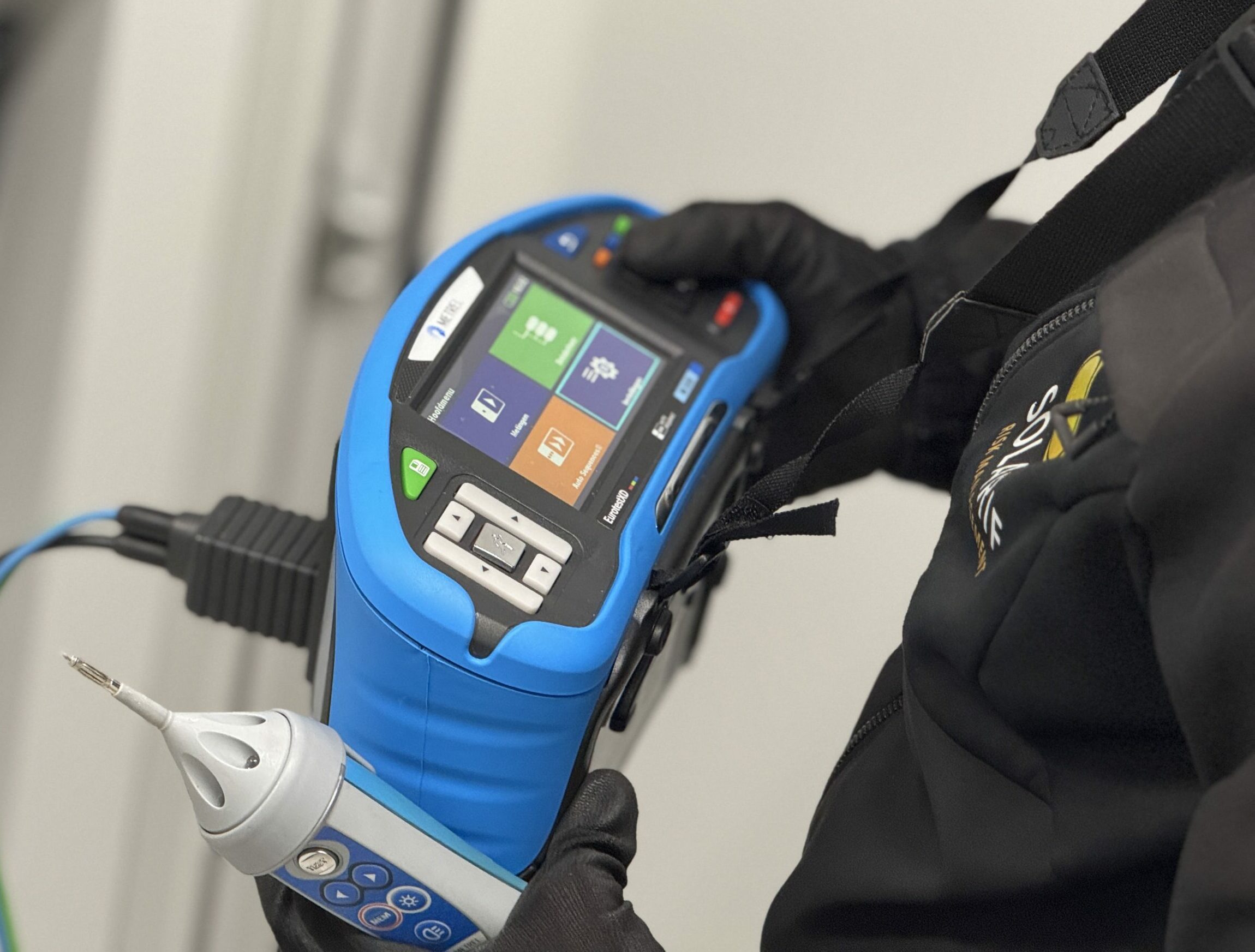
What is Scope 10?
A Scope 10 inspection assesses the fire risk of electrical installations and connected equipment.
A certified SCIOS Scope 10 inspector conducts the inspection according to the NTA 8220 standard, which is designed to evaluate fire hazards in electrical systems.
A Scope 10 inspection provides insight into fire safety and ensures compliance with insurance and safety standards.
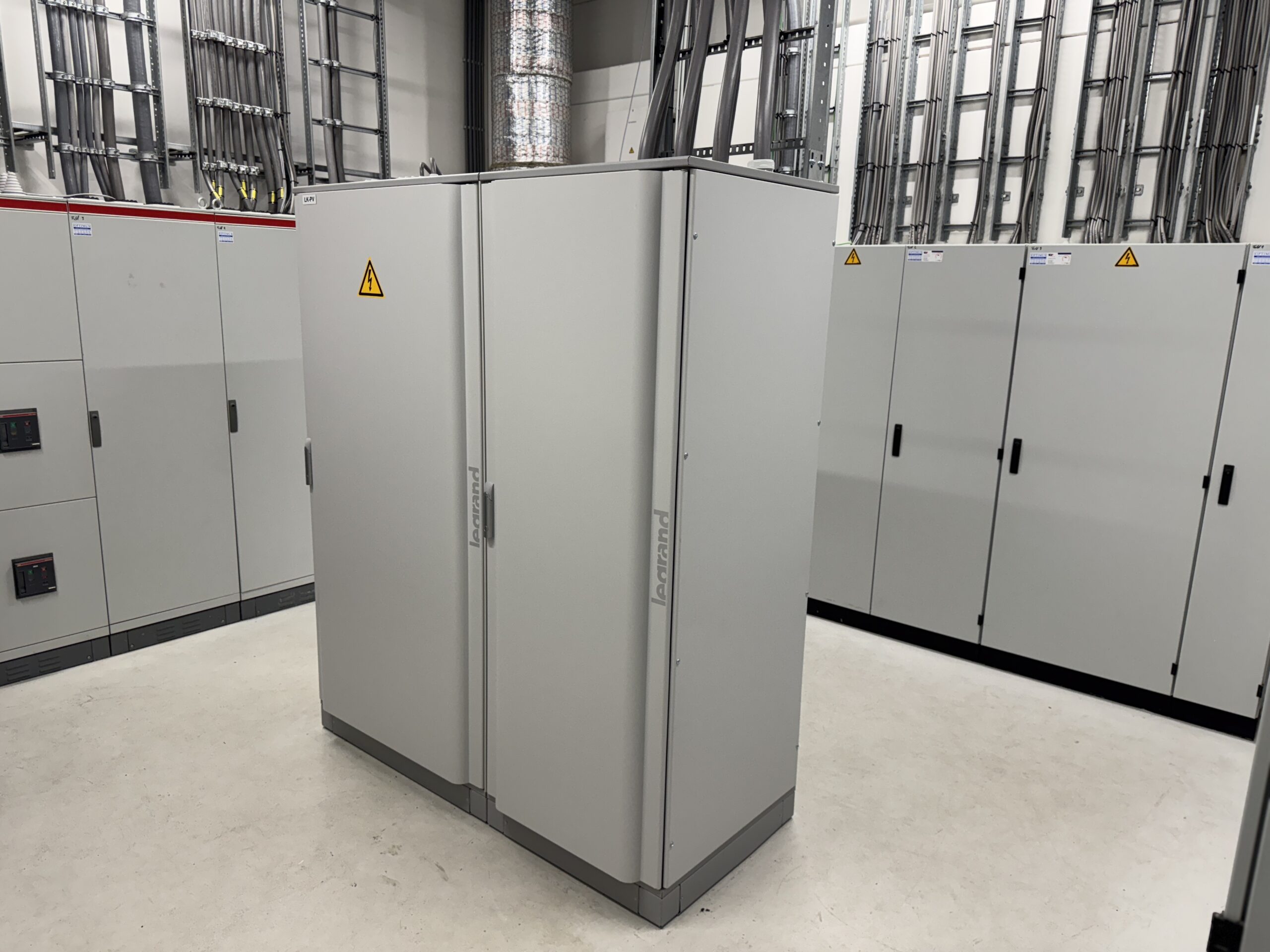
Why a Scope 10 Inspection?
Required by many insurers
Without a valid Scope 10 inspection, it can be difficult to get fire insurance.
Minimizing fire risks
More than 25% of company fires occur due to electrical causes.
Clear insight
You receive a clear report with points for improvement.
Scope Inspections and NEN 3140: Focus and Requirements
| Inspection | Focus on: | Legally required? | Requirement insurer? |
| Scope 8 | Safety and maintenance of installations | Yes, for certain sectors | No |
| Scope 10 | Fire safety of electrical installations | No | Yes, often required for property insurance |
| Scope 12 | PV (solar panel) installations | No | Yes, often for insurability |
| NEN 3140 | Safe working with electricity | Yes, for employers | No |
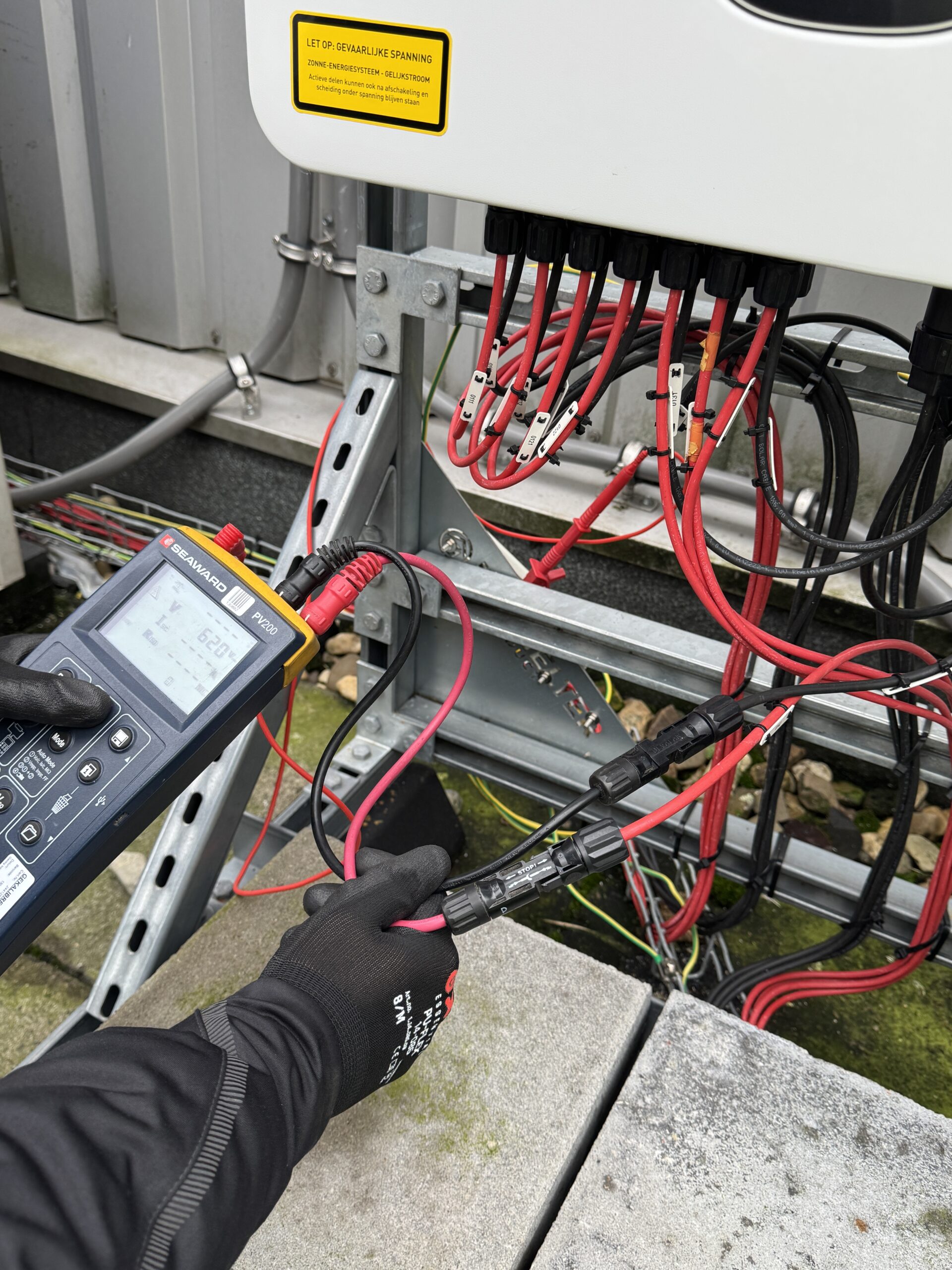
Who Needs a Scope 10 Inspection?
- SME’s & Offices
Meet insurance requirements and reduce fire risk. - Industry & Production facilities
Prevent downtime and damage due to electrical failures. - Retail & Stores
Ensure safety for customers and employees. - Logistics & Warehouses
Reduce risks in large-scale electrical systems.
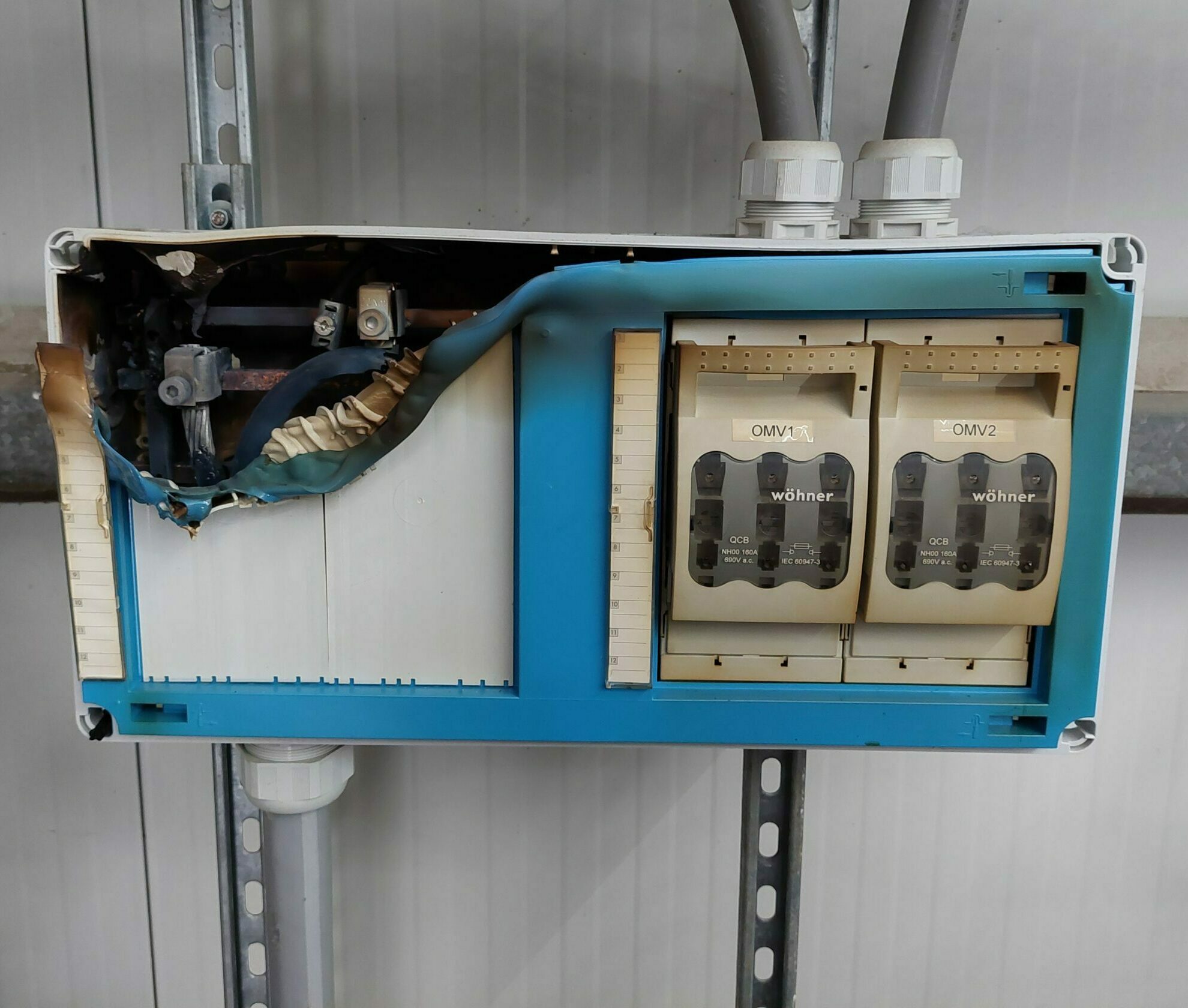
What Does a Scope 10 Inspection Include?
- Visual inspection
Checking electrical installations, distribution boxes and machines in high-risk areas. - Thermography
Thermal imaging cameras detect overheating and fire hazards. - Measurements and tests
Impedance and insulation resistance measurements, inspection of earth leakage switches and assessment of earthing. - Inspection report
Clear findings and recommendations.
Case Study
Factory prevents fire through Scope 10 inspection
During an inspection, we discovered overheating in a distribution box. Thanks to timely replacement, a possible fire was prevented.
Retail chain got better insurance terms
A Scope 10 inspection allowed us to prove that the installations were safe, leading to lower insurance premiums.
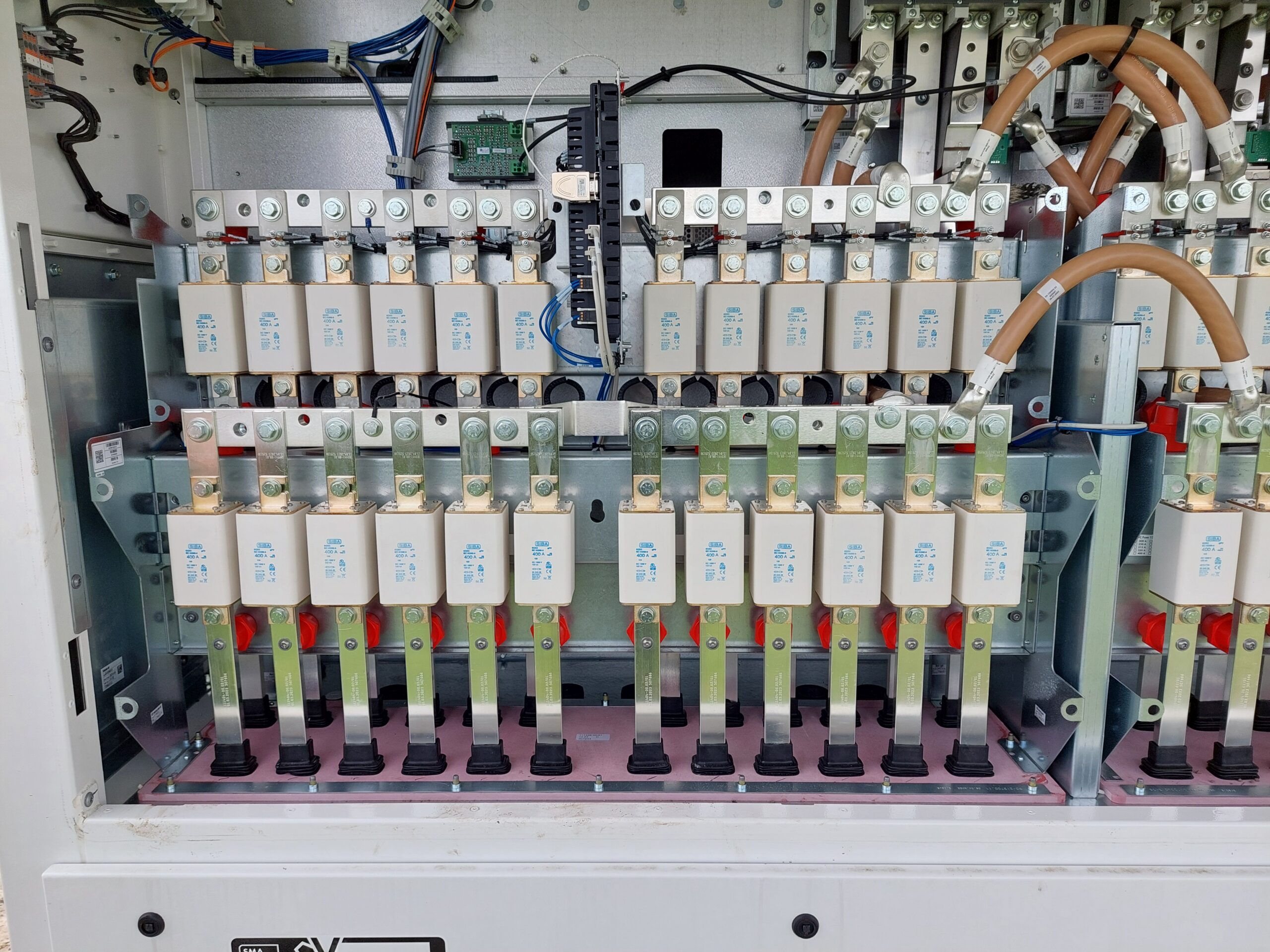
How does a Scope 10 inspection work?
- Preparation: Submit necessary information.
- Inspection plan: A plan is drawn up as the basis for the inspection.
- On-site inspection: Inspection of installations.
- Reporting: Findings and recommendations.
- Repairs: Carry out any repairs to improve fire safety.
- Re-inspection: If necessary, reinspection after repairs.
- Sign-off: Sign-off in the SCIOS portal with or without findings.
- Passed: You receive your Scope 10 certificate.
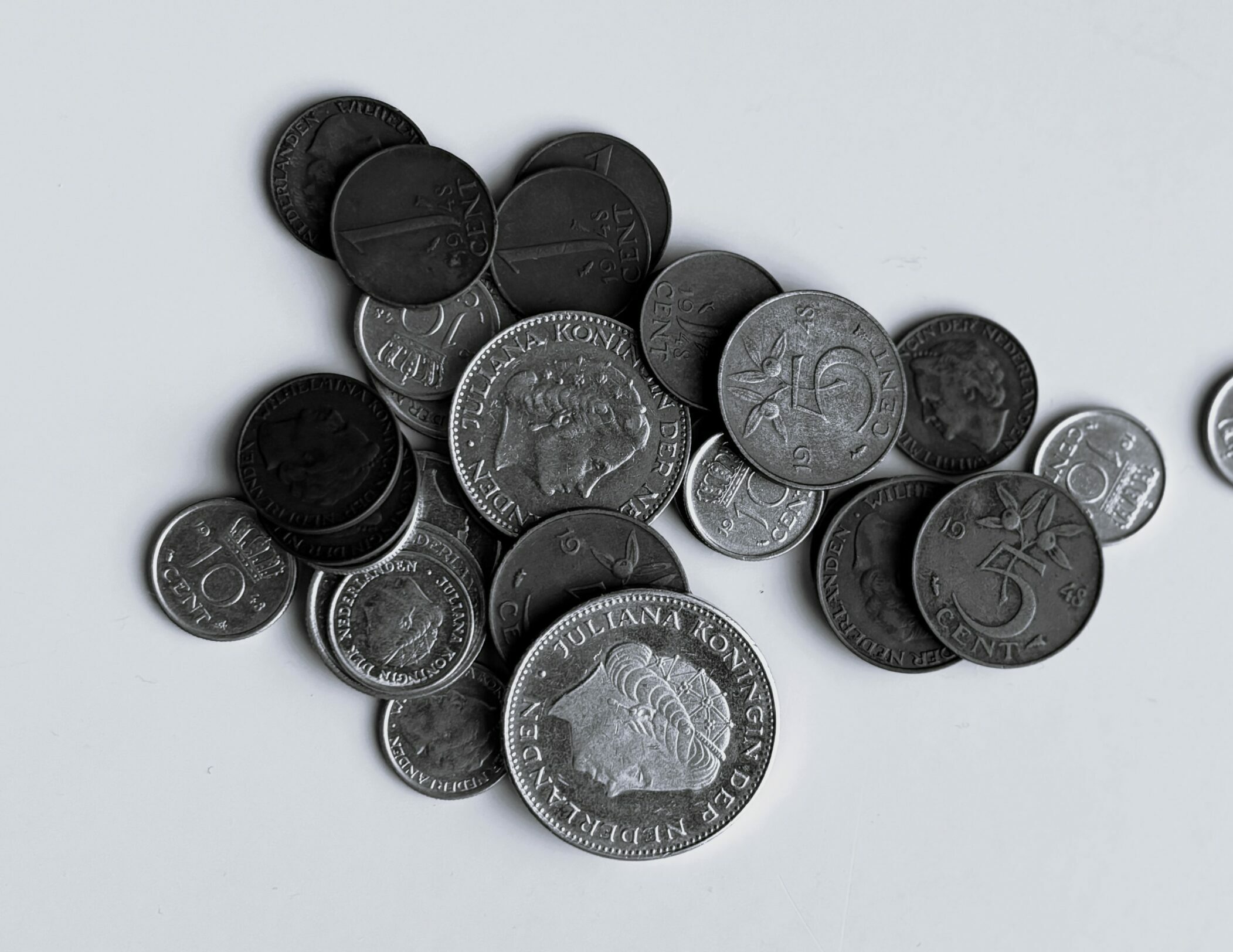
What does a Scope 10 inspection cost?
The costs depends on:
- the sector in which you operate
- the size of your electrical equipment
- the use of your equipment
- the total gross floor area of your company; and
- the number of distribution devices
Is your premises properly insured against fire?
Do you doubt whether your current fire insurance offers sufficient cover? Or are you looking for a policy that really suits your situation?
Our experts analyze your risks and advise you on the best solution, so you can continue your business with peace of mind.
Frequently Asked Questions
Scope 8 and Scope 10 inspections are similar, but have a different purpose. Scope 8 focuses on occupational safety (NEN 3140), while Scope 10 assesses fire safety (NTA 8220).
Deficiencies must generally be resolved within 3 months. If this is not possible, consult with your insurer. After resolving the issues, a re-inspection is required. This can be either a documentary review or an on-site re-inspection.
All electrical installations and connected devices/machines, as defined by the Dutch Technical Agreement (NTA), within your business premises.
A standardized assessment method aimed at preventing fire hazards from and caused by electrical equipment.
A Scope 10 inspection may only be carried out by inspection companies certified for Scope 10 by SCIOS.
NEN 3140 focuses on workplace safety and the safe use of electrical installations in compliance with labor laws. It aims to minimize risks of electrocution and other workplace hazards.
SCIOS Scope 10, on the other hand, specifically assesses the fire risk of electrical installations. This inspection is primarily requested by insurers to reduce the risk of fire due to electrical faults and prevent damage.
No, but many insurers require a Scope 10 inspection before approving a fire insurance policy. Additionally, the inspection helps prevent electrical fires.
Every 3 to 5 years, depending on the condition of the installation, and no later than 3 years after issuance of the NEN 1010 commissioning certificate. Your insurance policy will specify the required interval.




